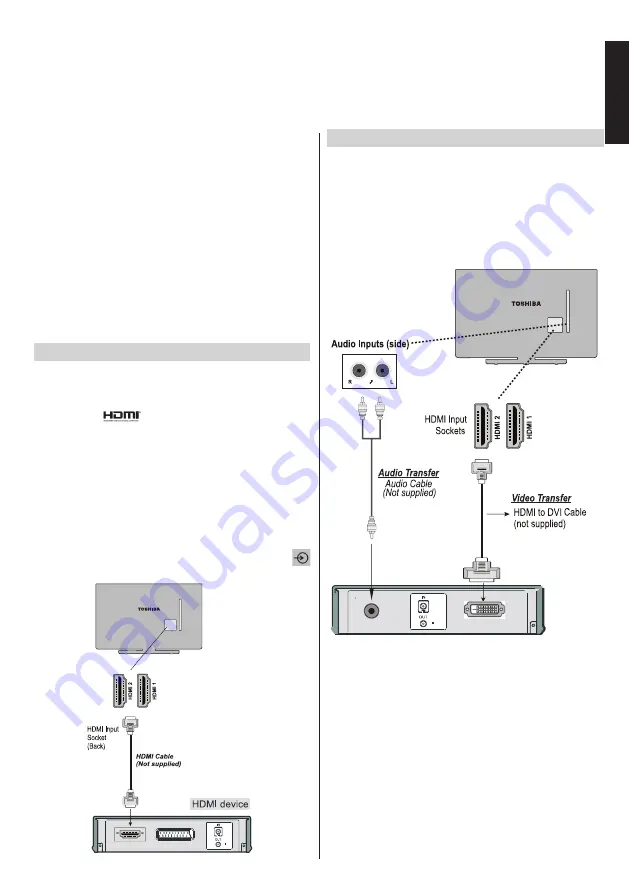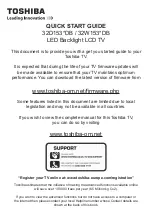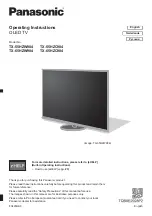
English
- 9 -
English
Connecting an HDMI
®
or DVI Device to the HDMI Input
The HDMI
inputs
on your TV
receive
digital audio and
uncompressed digital video from an HDMI source
device or uncompressed digital video from a DVI
(Digital Visual Interface) source device.
These inputs are designed to accept HDCP (High-
Bandwidth Digital-Content Protection) programme
material in digital form from EIA/CEA-861-D–compli-
ant [1] consumer electronic devices (such as a set-top
box or DVD player with HDMI or DVI output).
NOTE:
Some early HDMI equipment may not work properly
with your latest HDMI TV.
Su
pported Audio format: Linear PCM, sampling rate
32/44.1/48kHz.
To Connect an HDMI Device
Connect an HDMI cable (type A connector) to
the HDMI terminal. For proper operation, it is
recommended that you use an HDMI cable with the
HDMI Logo (
).
• If your HDMI connection is capable of 1080p and/or
your TV is capable of refresh rates greater
than 50Hz, you will need a Category 2 cable.
Conventional HDMI/DVI cable may not work properly
with this mode.
• HDMI cable transfers both video and audio. Separate
analogue audio cables are not required (see
illustration).
• To view the HDMI device video press
SOURCE
-
button to select the appropriate HDMI input.
To Co
nnect a DVI Device
Connect an HDMI-to-DVI cable (HDMI type A
connector) to the HDMI input socket and the seperate
audio cables.
•
The maximum recommended HDMI-to-DVI cable
length is 6.6 ft (2m).
•
An HDMI-to-DVI cable transfers video only. Separate
analogue audio cables are required.
NOTE:
To ensure that the HDMI or DVI device is
reset properly, it is recommended that you follow
these procedures:
• When turning on your electronic components, turn
on the TV first, and then the HDMI or DVI device.
•
When turning off your electronic components, turn
off the HDMI or DVI device first, and then the TV.
* Number of
these inputs
may change
according to
the model of
your TV.
* Number of
these inputs
may change
according to
the model of
your TV.










































